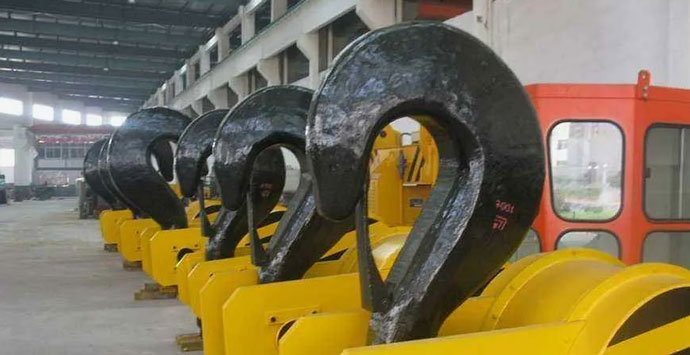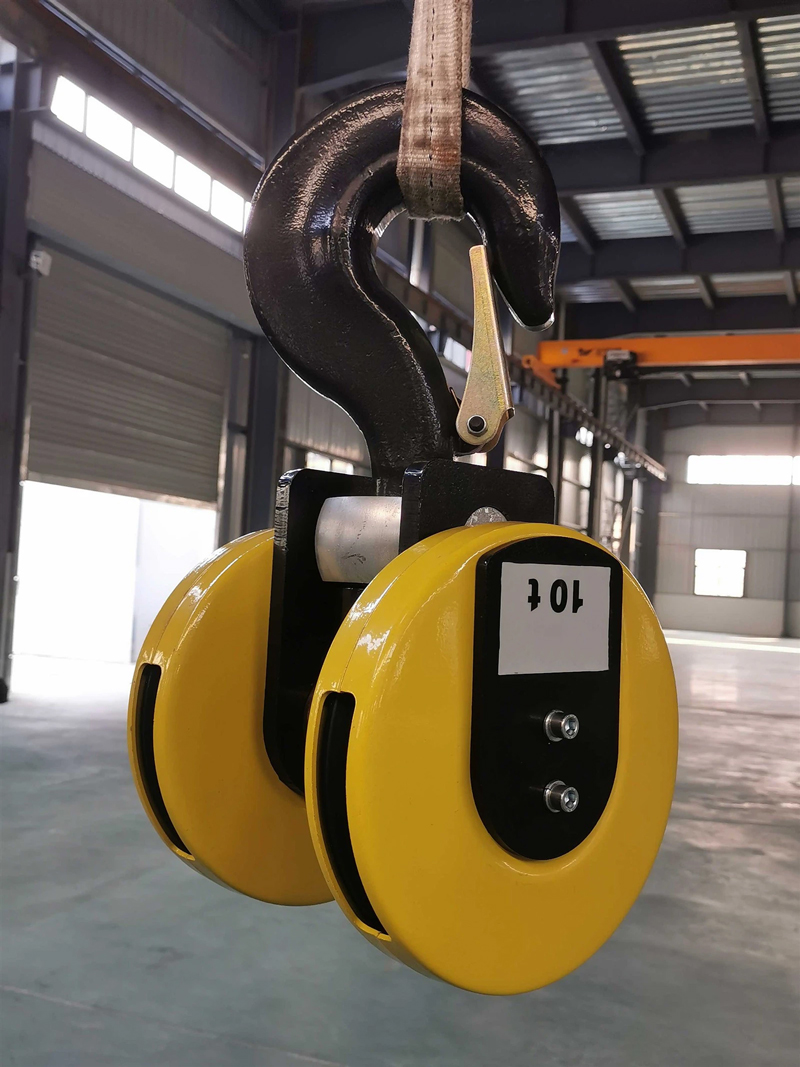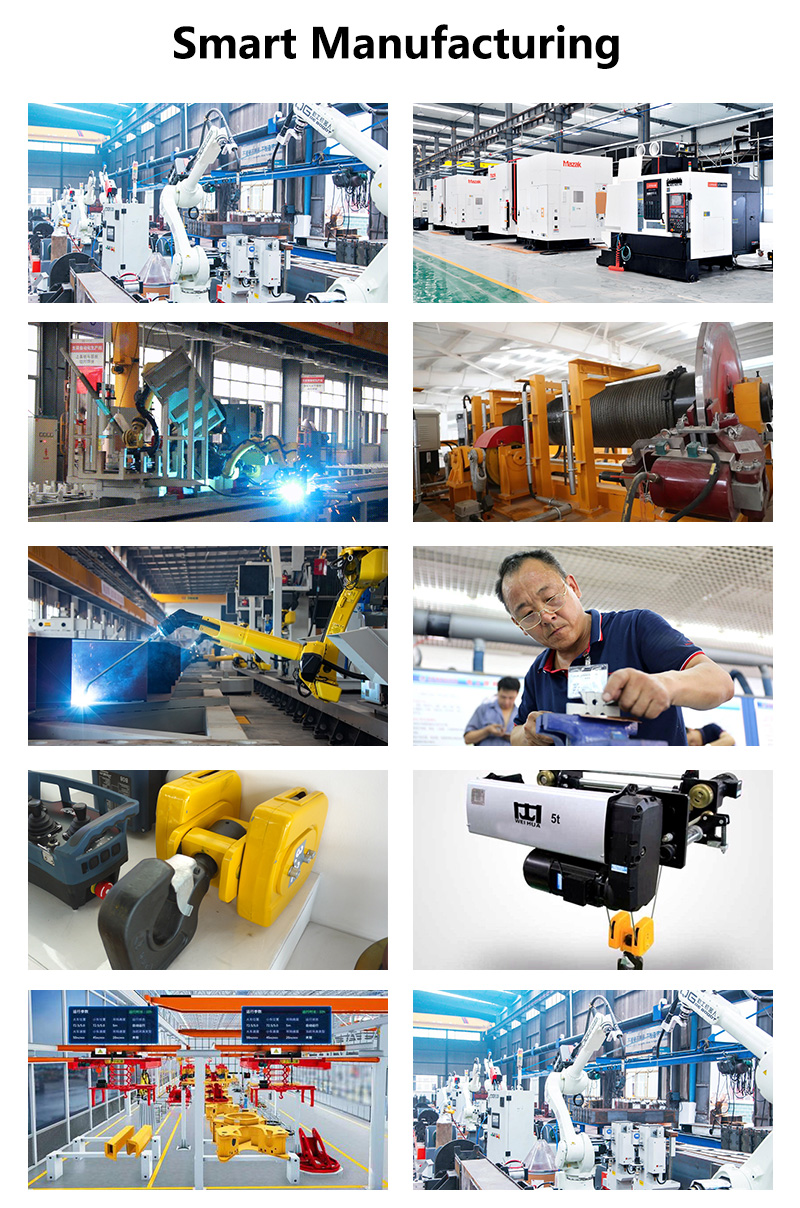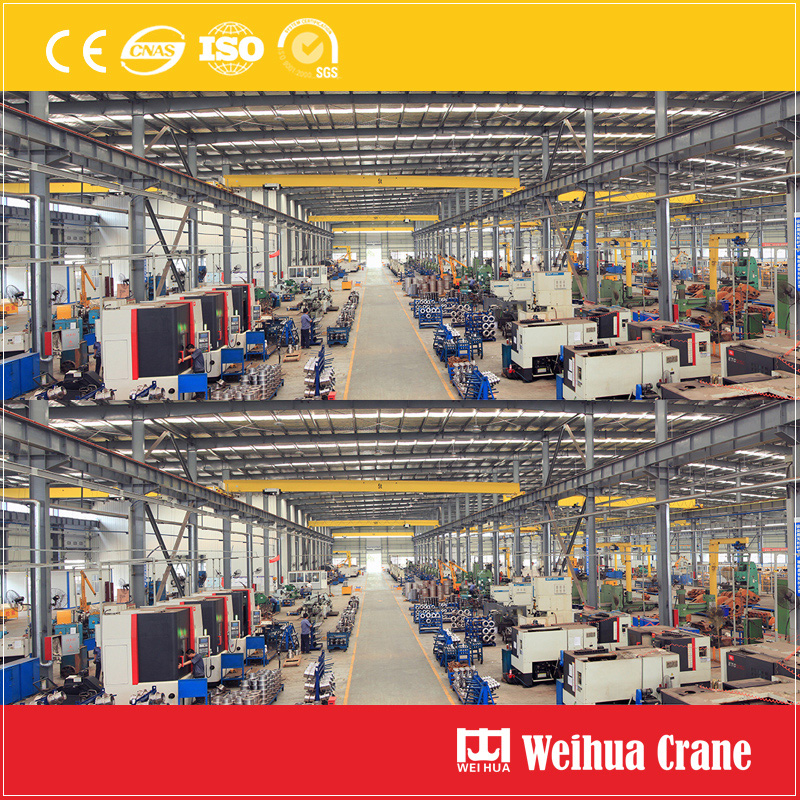When it comes to crane operations, safety is paramount. One of the most critical components of a crane is its hook, which bears the load during lifting. To prevent accidents and ensure workplace safety, the Occupational Safety and Health Administration (OSHA) has established specific guidelines. Dans cet article, we’ll explore key OSHA crane hook requirements, their importance, and how you can stay compliant.

OSHA (Administration de la sécurité et de la santé au travail) is a U.S. government agency under the Department of Labor that sets and enforces standards to ensure safe and healthy working conditions. Its crane hook requirements fall under broader crane and rigging regulations, ensuring the safety of workers in construction, fabrication, and maritime sectors.
Below are the main OSHA regulations and standards related to crane hooks:
1. Inspection Requirements
According to OSHA standard 29 CFR 1910.179, crane hooks must undergo the following inspections:
Frequent inspections: Conducted daily or before each shift, especially for hooks used in severe service.
Periodic inspections: Conducted at intervals based on the severity of use—usually monthly to annually. Detailed records must be kept.
2. Visual Indicators for Damage
OSHA requires crane hooks to be removed from service if any of the following conditions are found:
Fissure, pseudos, ou des rainures
Usure excessive (usually over 10% de la dimension d'origine)
Bent or twisted hook throat
Deformation or elongation of the hook opening
Damaged or missing safety latches
3. Hook Safety Latch
Hooks must be equipped with safety latches to prevent the load from slipping off. OSHA mandates that these latches be in good working condition and replaced if broken or missing.
4. Load Rating and Markings
Crane hooks must have clear markings indicating their rated load capacity. Using an unmarked or unidentified hook is a violation of OSHA standards.
5. No Unauthorized Modifications
Hooks should not be reshaped or repaired by welding or heating unless done by a qualified professional, and only if the manufacturer allows it. Unauthorized modifications can compromise the integrity of the hook.

1. Establish a regular inspection schedule with checklists aligned with OSHA standards.
2. Train all crane operators and riggers to identify visible signs of hook damage.
3. Document every inspection to maintain compliance and traceability.
4. Replace hooks immediately if any wear or defects exceed OSHA limits.
5. Use only manufacturer-approved parts and procedures for hook maintenance and repair.
Failing to comply with OSHA crane hook requirements can lead to:
Heavy fines and penalties
Equipment failure resulting in injuries or fatalities
Legal liability and operational downtime
Damaged company reputation
In 2024, OSHA increased maximum penalties for serious violations to over $16,000 per incident, emphasizing the need for strict compliance.

Adhering to OSHA crane hook requirements is not just about avoiding fines—it’s about protecting lives. Regular inspections, proper maintenance, and compliance with safety standards can drastically reduce the risk of crane-related accidents. Employers and safety managers must stay proactive to ensure all crane hooks on site meet OSHA standards.
Q: How often should crane hooks be inspected?
UN: Hooks should be inspected daily (fréquent) and periodically based on usage conditions.
Q: Can a bent hook still be used?
UN: Non. Any deformation, including a bent hook throat, requires the hook to be taken out of service.
Q: Are safety latches mandatory?
UN: Oui. OSHA requires all crane hooks to be equipped with working safety latches unless the application specifically justifies their absence.


If you’re unsure whether your current crane hook systems meet OSHA standards, consult a certified safety inspector or equipment supplier like Weihua for professional advice and OSHA-compliant products.
Nous apprécions vos commentaires! Veuillez remplir le formulaire ci-dessous afin que nous puissions adapter nos services à vos besoins spécifiques.


Cliquez sur le bouton pour obtenir des informations et des citations de produits sur WhatsApp.
Obtenez un devis
Dernières commentaires